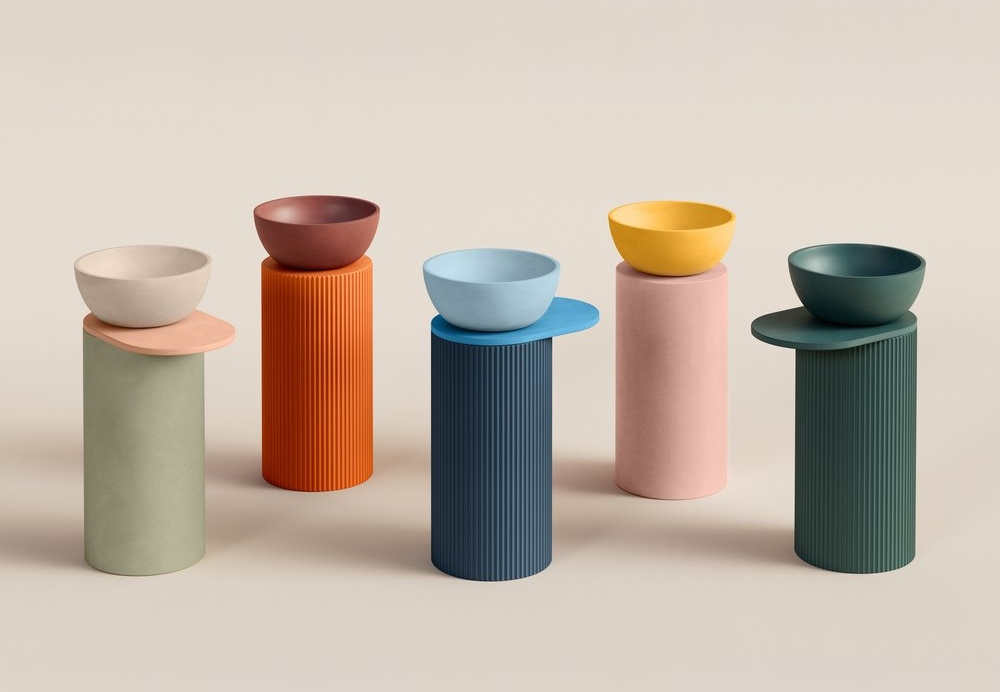
Behind Her Eyes: Creative Director Amy Bartlett Discusses Orme by Kast
Kast Creative Director Amy Bartlett didn’t get into designing sinks (or basins, I should say) through the most direct route. At Leeds College of Art, she studied Printed Textiles and Surface Pattern Design, along with a good dose of color theory. Luckily, Kast, like Bartlett, has a design-forward ethos.
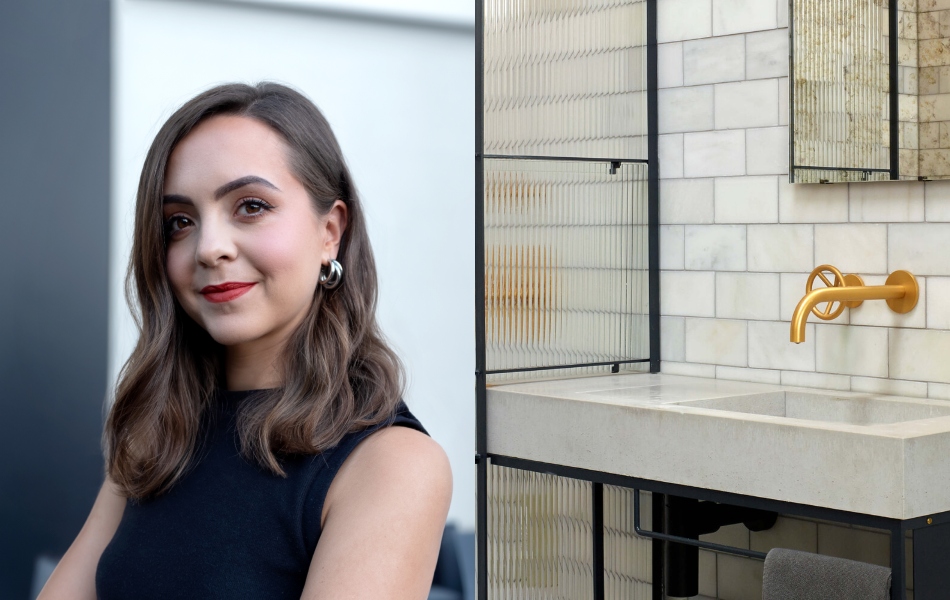
When Bartlett began working at Kast, she may have been waiting to pounce. This is pure conjecture on my part, but until recently the UK brand specialized in one thing: concrete. Or two things actually: concrete and color. A palette of 28 colors, to be precise.
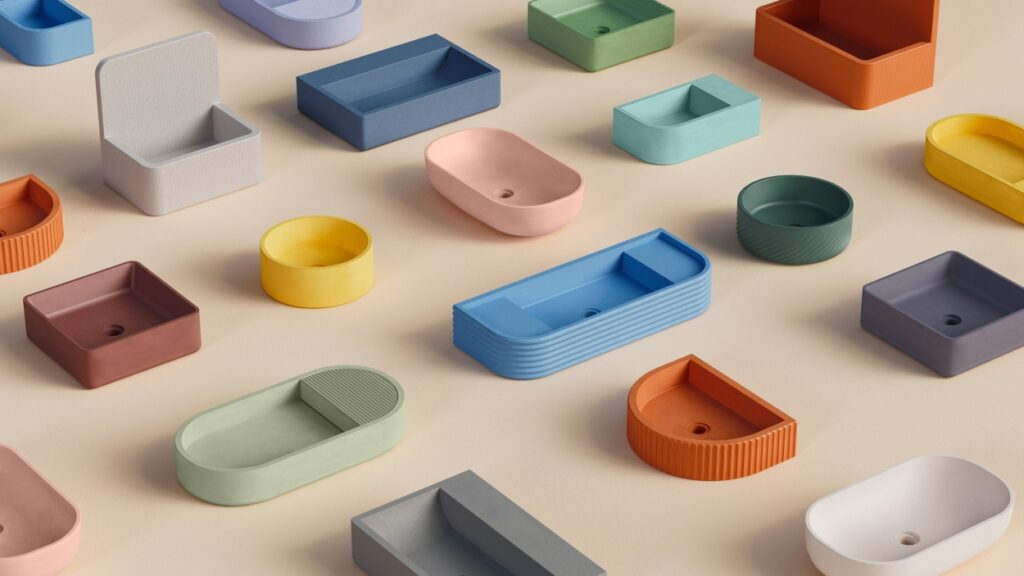
So beautiful, so saturated, that they all inspire daydreaming. I like to think such chromatic pigments have something to do with the factory’s magical location at the edge of Sherwood Forest, but think what you will.
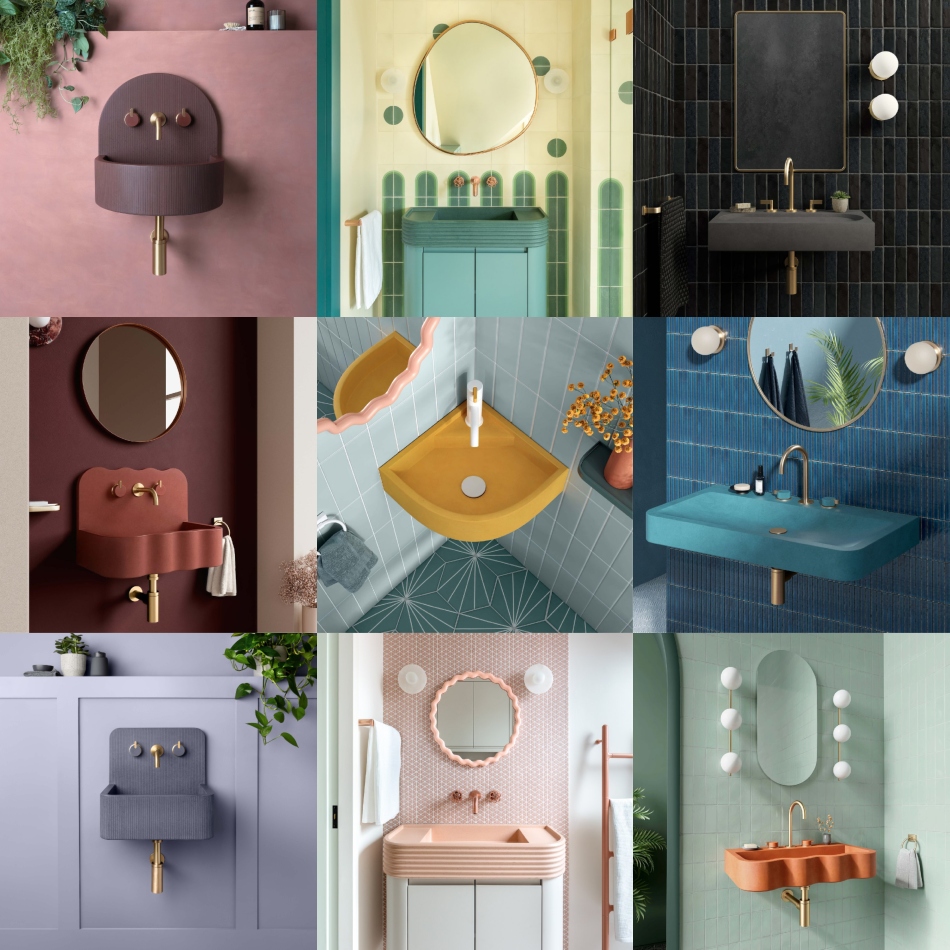
Leaving aside color for now, let’s return to Bartlett. When asked how she transitioned from textile to concrete, Bartlett said, “There wasn’t much in the way of patterned or textured surfaces [when she started at Kast], but I saw an opportunity to bring a new dimension to concrete design.”
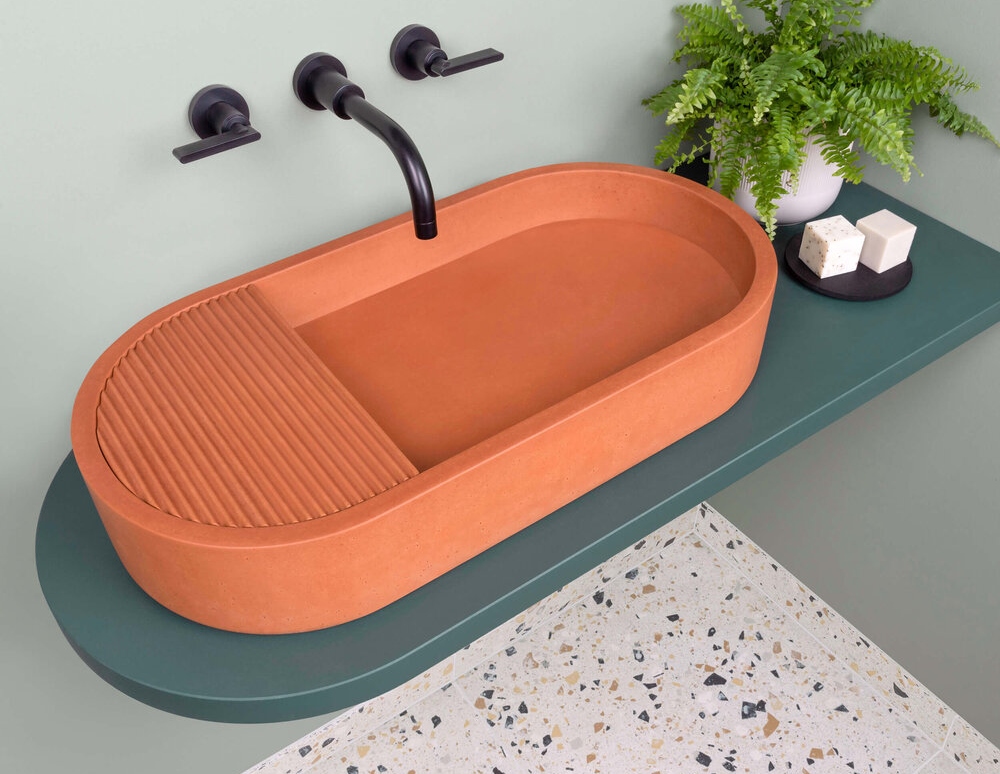
After the success of Aura, which features a ribbed shelf, Bartlett set out to create a new collection focused on texture. The common denominator to both pattern and texture is additive sensuality. In other words, Bartlett likes to bring another sense to the mix. With concrete, a contoured surface “feels just as good to touch as it looks to the eye,” she says. “The interplay of light and shadow across these textures creates depth and character, transforming each piece from a purely functional object into something tactile and sculptural.”
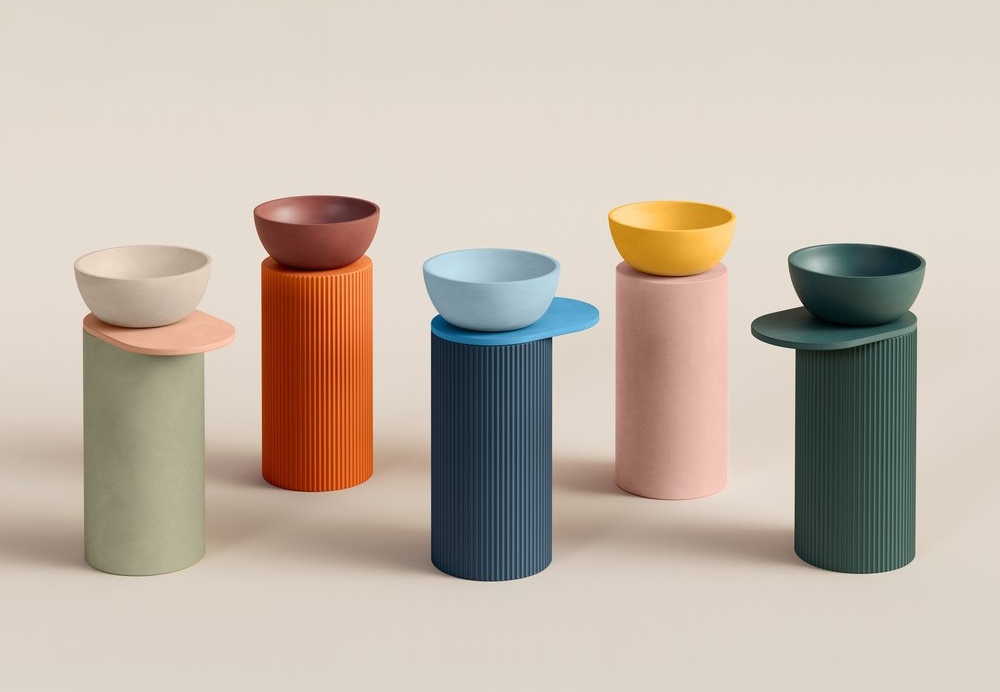
So Bartlett designed Orme to celebrate more. Not everything everywhere all at once—more options. The new line of pedestal sinks offers a bespoke experience: “With Orme, we really leaned into the idea of customisation. We’ve always had a strong palette, and this piece allows customers to really make it their own, choosing from our signature 28 colours and even mixing up to three colours on one unit,” Bartlett notes.
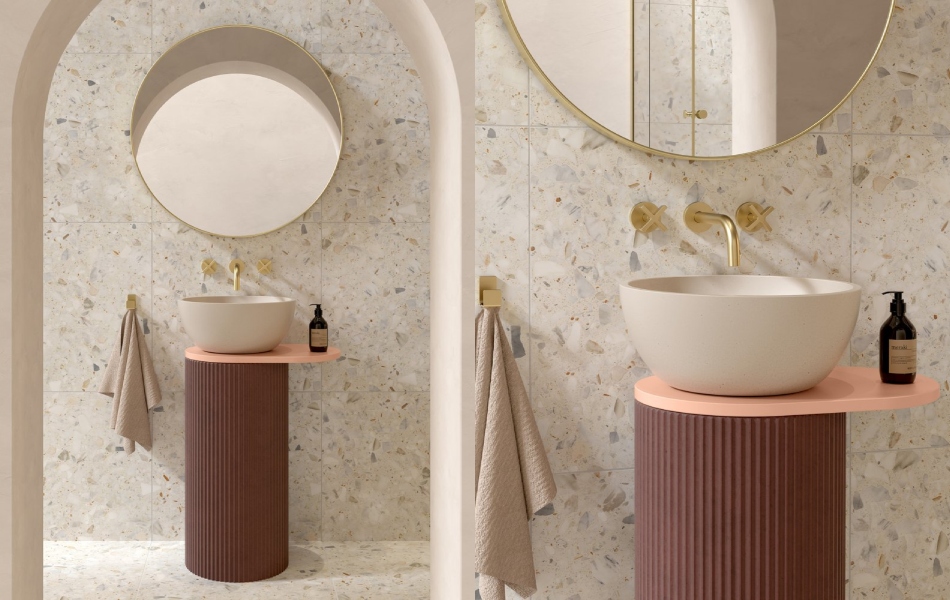
Orme’s deep bowl sits atop a smooth or textured pedestal, very much like a work on display. An optional asymmetrical shelf provides storage and an akimbo aesthetic that places this quotidian object in the contemporary wing of our hypothetical museum. Bartlett embraces this analogy: “The goal is for these shapes and colours to not just brighten up the space, but to actually elevate it, transforming a functional piece like a basin into a statement—almost like a little work of art.”
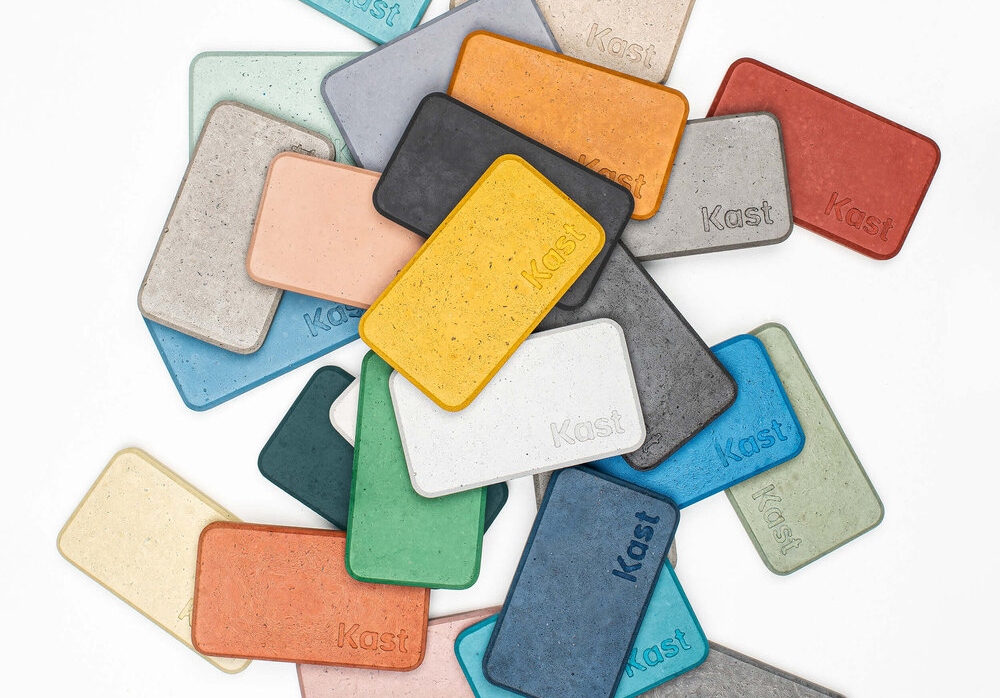
For more information, visit Kast.
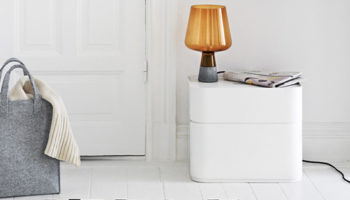
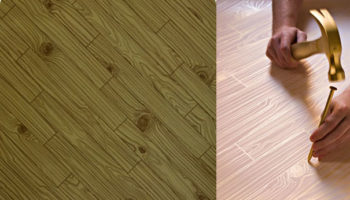

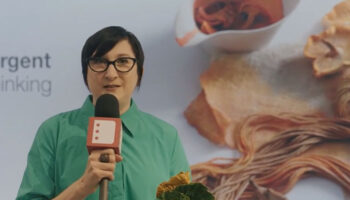
Leave a Reply